In its upper reaches Bilsdale splits into two separated by the mass of Cold Moor. The western arm is Raisdale. This photo is taken from a small prominence called Wath Hill and is looking up the valley towards the Lord Stones Cafe.
To the left is the farm, Staindale. And to the right another farm Broomflatt. In John Marius Wilson’s Imperial Gazetteer of England and Wales, 1870-72, Raisdale is described as a constablewick which is an obsolete word meaning the district over which a constable exercises his duties and power. A constable is not the modern police constable but an official who initially was responsible for collecting the taxes due to the Lord of the Manor on behalf of the King.
Over time the office of Constable would gain various other duties such as dealing with felonies, vagabonds, beggars, and itinerant strangers. The list goes on and on: lewd women, pauper children, the “defaulting fathers of bastards”, welfare of the poor, the parish bull, non-attendance at church, keeping militia rolls, etc., etc.

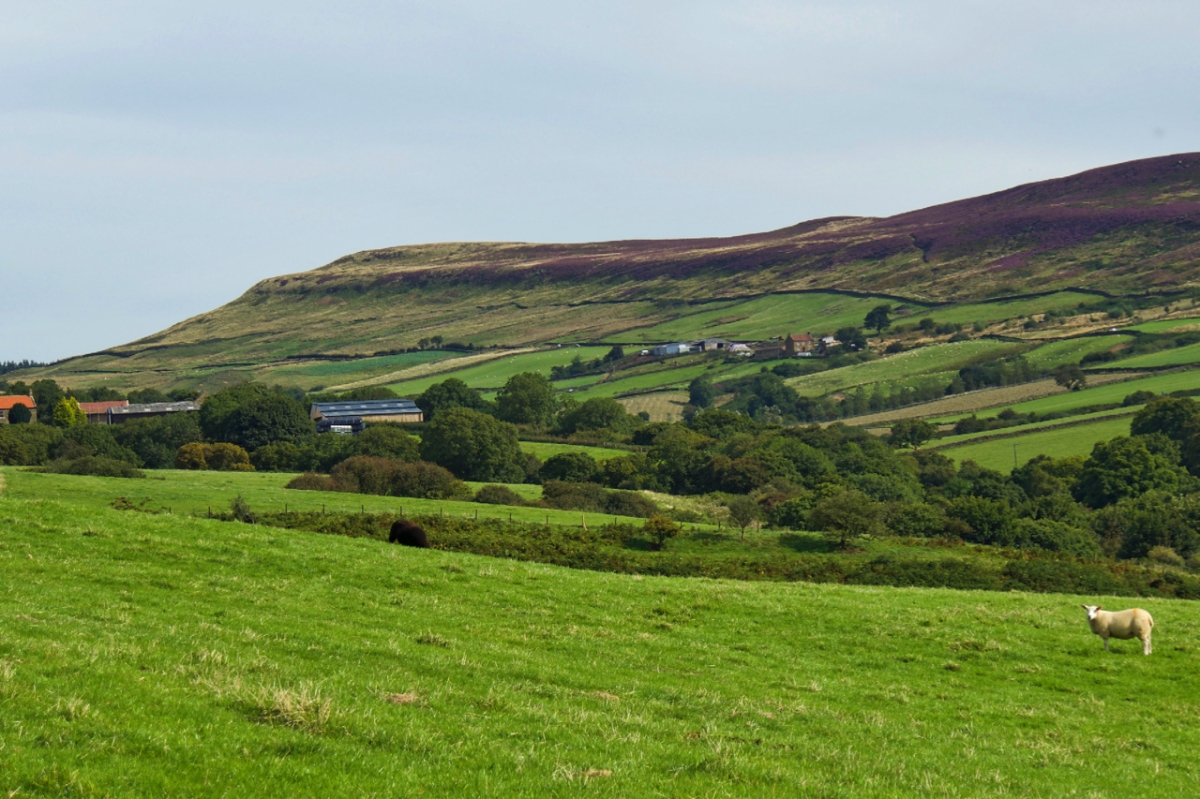
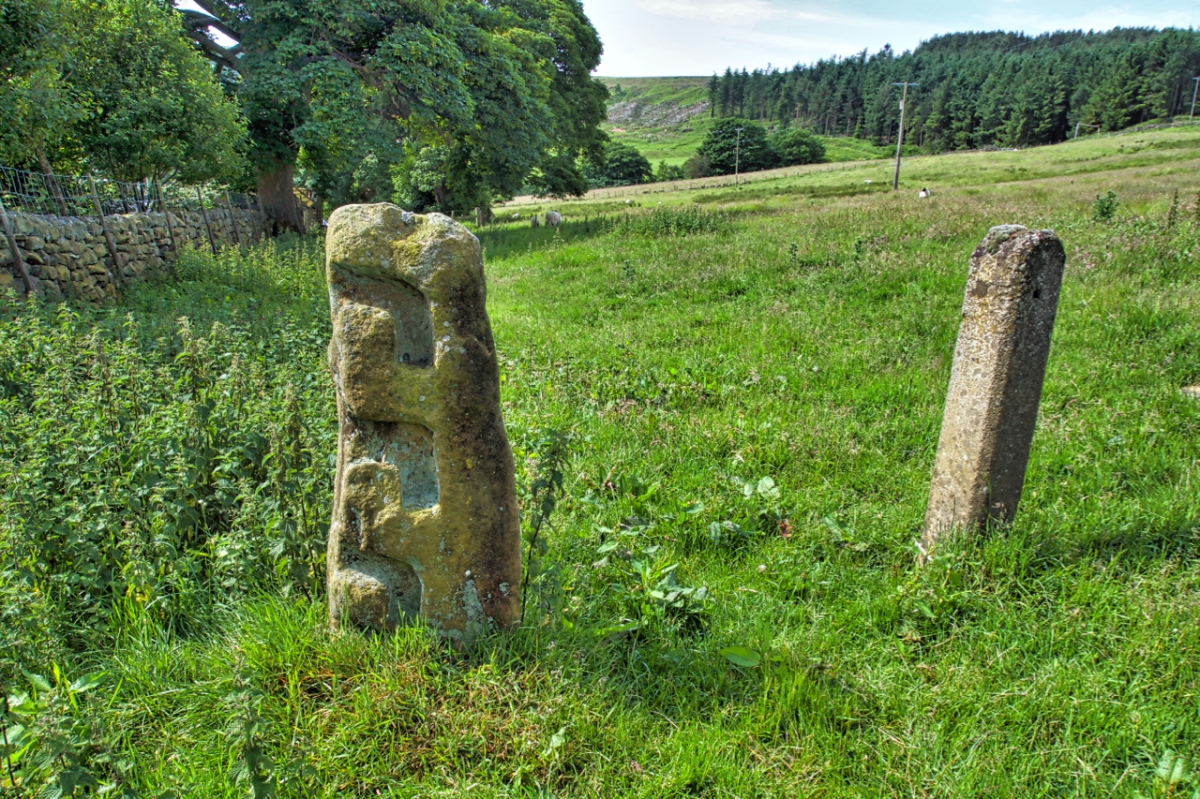

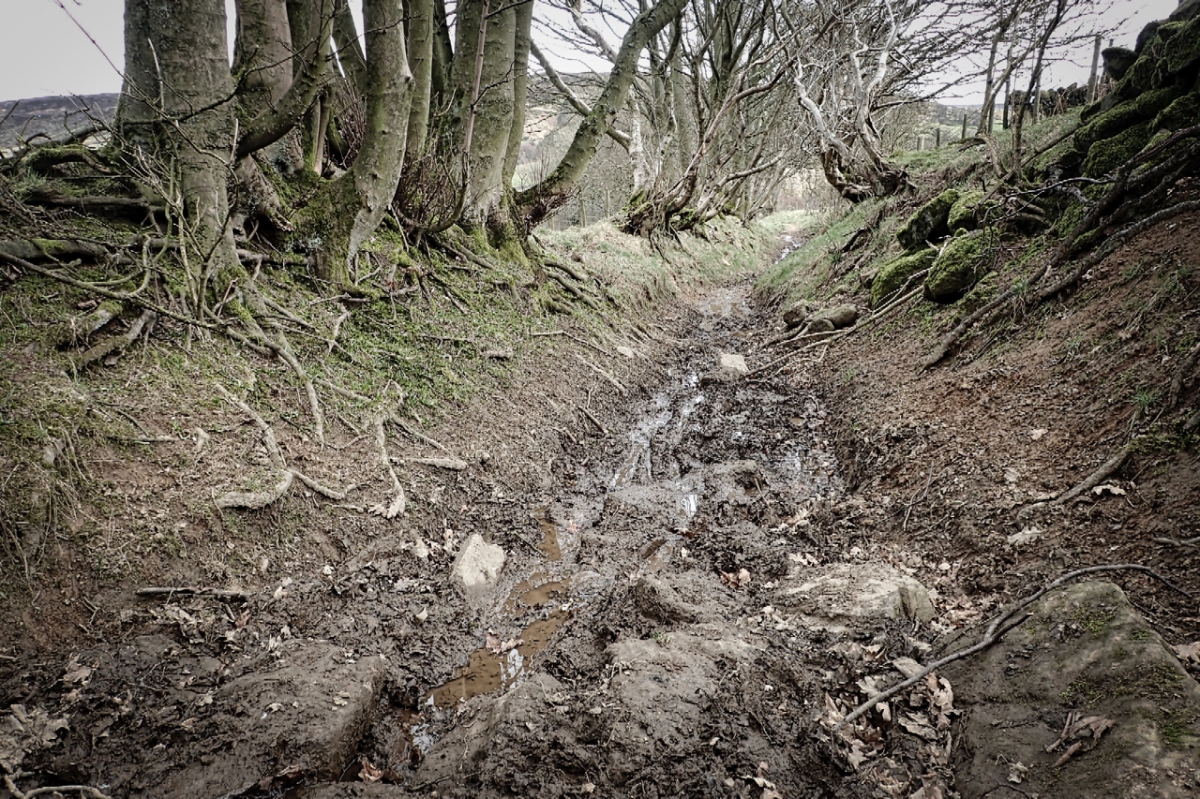

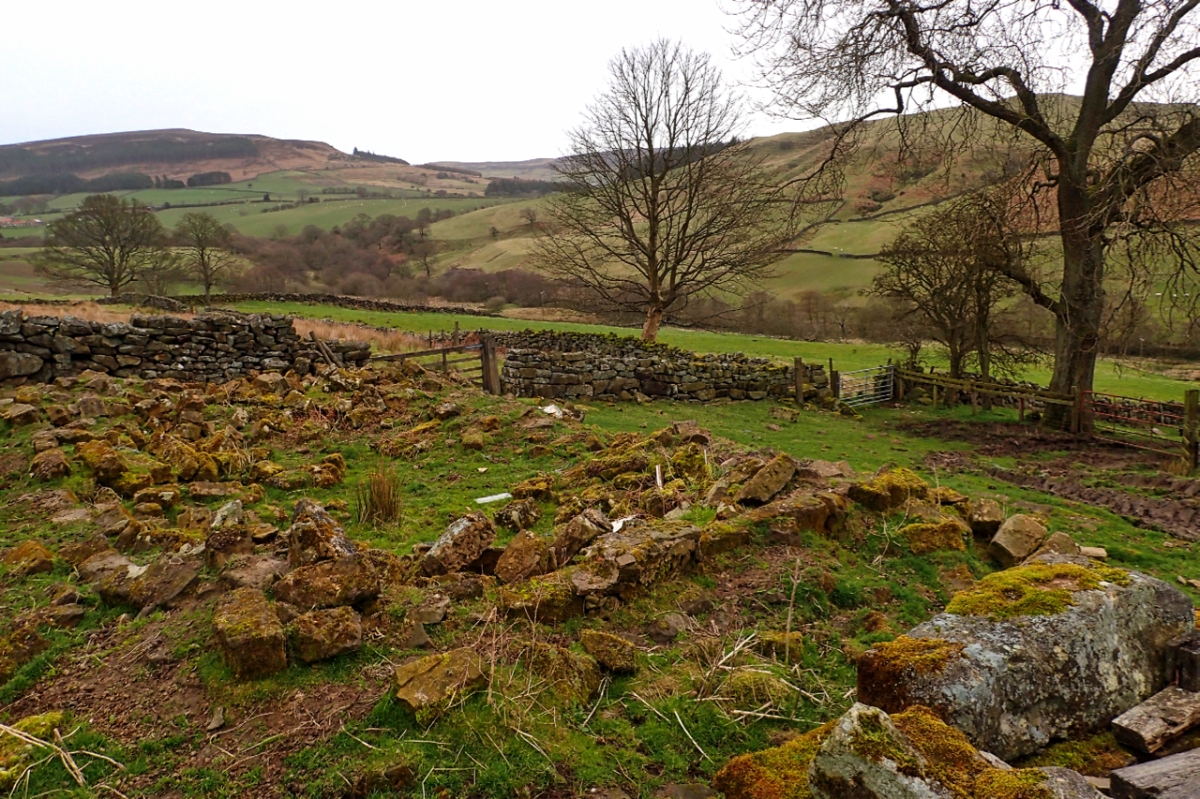

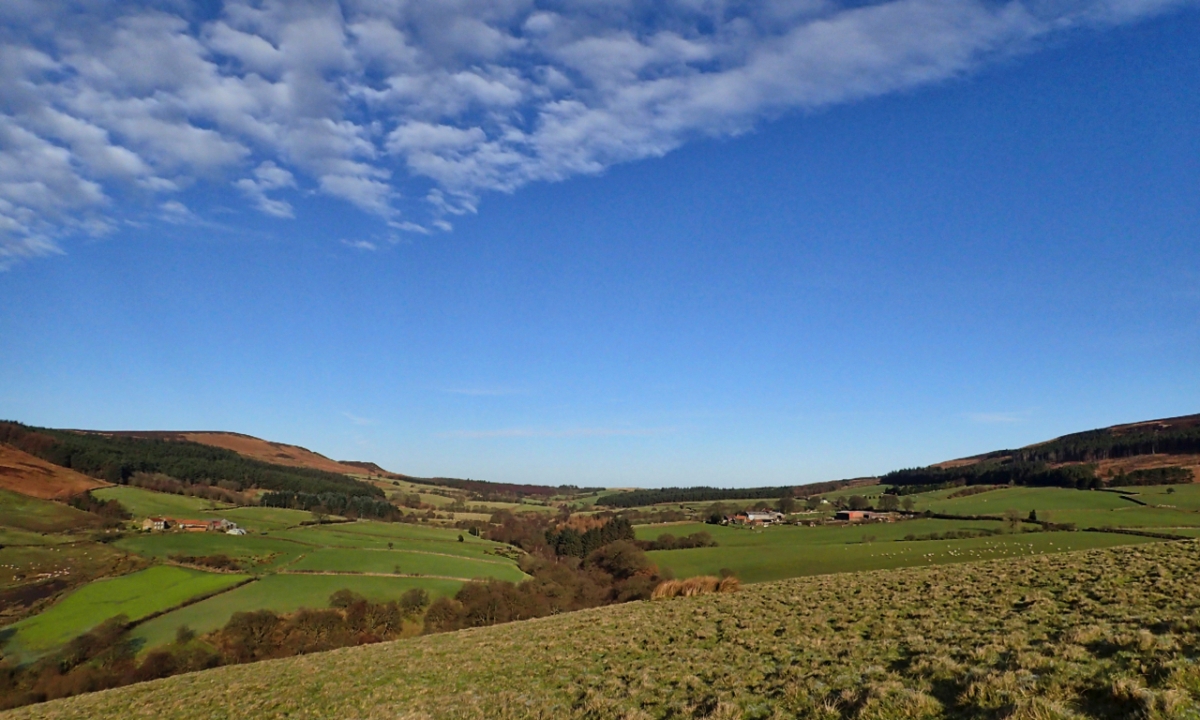
You must be logged in to post a comment.